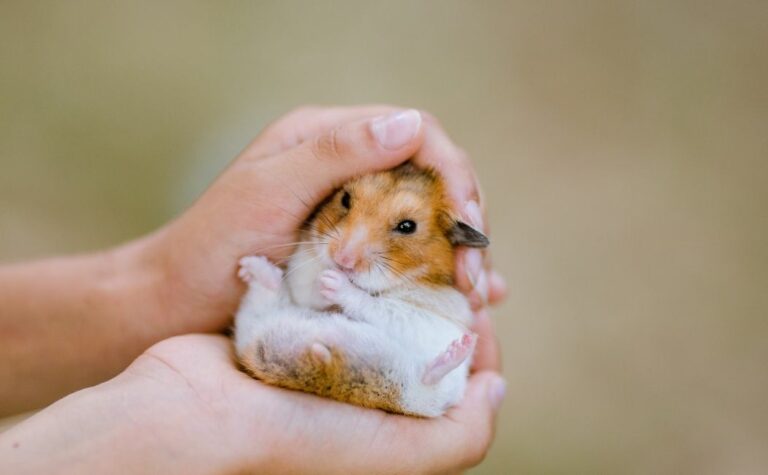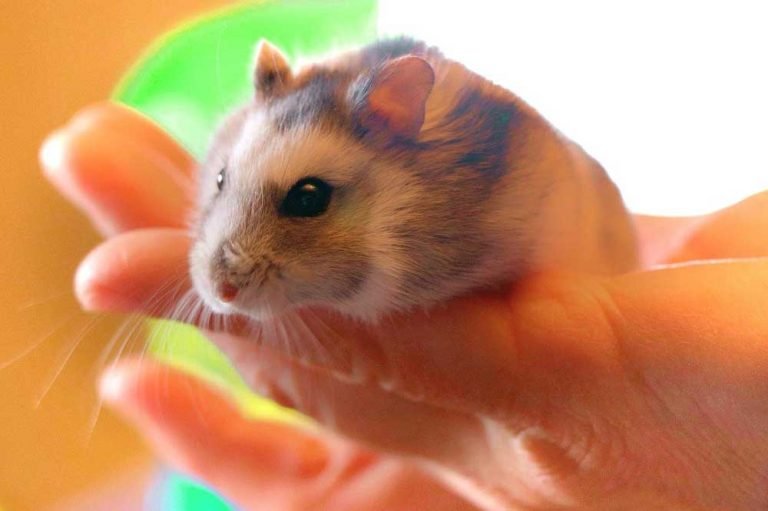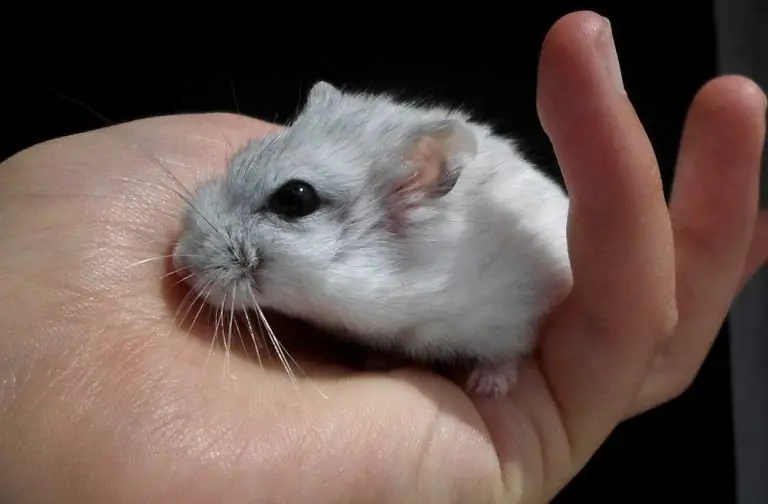What Noises Do Hamsters Make? Understanding Your Hamster Behavior
Hamsters, like all other pets, communicate with more than just their body language. They make a variety of noises to convey something to humans and other animals around them. These noises vary from squeals, growling, screeching, chattering, or even a purr-like sound.
Today is all about hamster noises. In this article, we will be looking at the most common hamster vocalizations and the message each sound intends to pass. That means you should find this article helpful in keeping a healthy hamster.
Let’s get right into it!
Common Hamster Sounds And Their Meanings
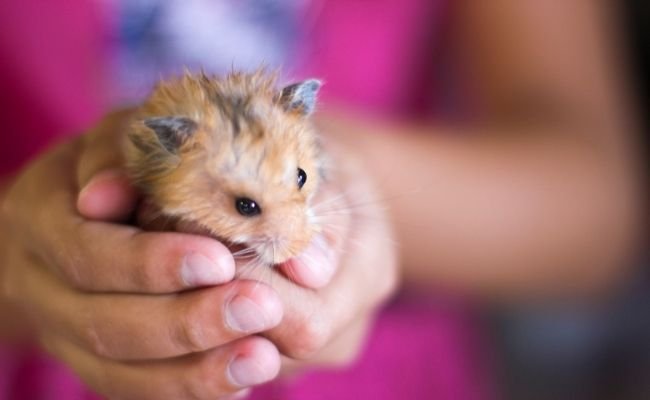
Wheeking
Wheeking is one of the sweeter sounds a hamster can make, often made when they are being cuddled or want to be fed. Wheeking is used by many animals as a way to indicate that they are in distress or need help of some kind.
Wheeking is a common sound for hamsters when they have been woken up from their sleep. In this case, the sound indicates that they want to go back to sleep and for you not to bother them.
Chattering/Teeth Chattering
Unlike other animals, chattering is only made by female hamsters in certain situations i.e., when they are in heat or when a new human walks into their enclosure.
In the first scenario, female hammies will make this noise to indicate to other male hamsters that they are ready to mate. In the second scenario, as soon as a new human walks into the room, there is a chance your female hamster will start up with their chattering.
For those that have male and female hamsters, once you introduce them, be sure to keep an ear out for chattering from your little guy! This common hamster sound indicates he’s ready to make a move as well as show off his leadership skills!
Squeaking
Squeaking seems to be hamsters’ most favorite noise. Hamsters use this noise to communicate a wide range of emotions, especially when they are playing with you or their cage mates.
Squeaking is basically one of the noisiest ways for a hamster to communicate. It can be a sign of pain or need for attention. If your hamster suddenly starts sharp squeaks or repetitive squeaks out of the blue, check around them carefully for anything that might be causing them discomfort.
Outside of pain, this sound means they want to be left alone and you should refrain from picking them up. It can also be a sign of dominance, need to breed, or an expression of fear.
Eating/Drinking Sounds
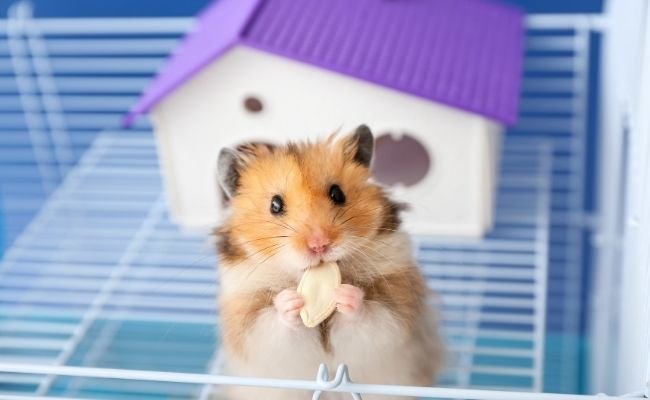
Hamsters make two different sounds when they are eating or drinking: slurping and crunching. Slurping is when our little friends suck in their food, while crunching is the noise made when they chew on it.
Slurping is a great way to know that they are enjoying their meal and can be made even when your hamster is eating from a bowl! If you have just fed them something new, it’s definitely okay for them to take some time before they eat it all up.
Crunching, on the other hand, means they are in a happy place. It is especially common when they are trying to chew on something off-limits, so it’s best to be wary of this particular sound.
Purring
A purring noise is made by all hamsters but is generally reserved for females. This means that it can’t be used to tell the gender of your little friend, but it can be used to tell when your hamster is in heat.
The noise itself means that they are experiencing pleasure and indicate their willingness to mate. While in heat, female hamsters will also become much more affectionate than usual!
Clicking
A clicking noise can be made by both male and female hamsters, especially when they are trying to get your attention.
Don’t worry – it is impossible for a hamster to hurt their mouth or teeth when making this noise! They do so by rubbing their lower and upper teeth. This means they want something from you – either a treat or attention. However, it can also be a sign of contentment and or when your hamster experiences calmness. In other words, much more like squeaking, clicking can be used to communicate a variety of emotions.
The best way to find out what they need is by reading the rest of their body language, as this will tell you whether they are trying to show dominance or fear.
Chirping

Chirping is a high-pitched noise that only male hamsters can make. It is used to attract female hamsters and bring them closer to where he wants them to be.
As with purring, chirping indicates your hamster is in the mood for mating, so it would be best to leave them alone if they are chirping. t times chirping can be a sign of aggression, so make sure you examine the context.
Hissing
Hissing is generally used by males who are protecting their territory or food source. If your hamster is hissing, it’s best to back off slowly and leave them alone.
Hissing can also be a sign of dominance, so you are likely to hear it from a dominant hamster, but more often than not it is the reaction to fear by your hamster. If you push towards them and they hiss, stop moving and wait for them to come to you instead!
Sneezing
While sneezing sounds like a human’s way to clear their sinuses, hamsters are actually clearing something else out of theirs! A sneeze from your little friend is the equivalent of you wiping off your nose with an arm. It could also be out of strong smell, allergens, dust, and other factors.
Sneezing means there is something wrong or weird with the hamster bedding, food, or living area. The best thing you can do is to check where they are living at the moment and see if something needs to be cleaned up or fixed.
Final Verdict
Different noises mean different things, but it’s important to remember that they are a form of communication and convey something! As long as you keep an eye on your hamsters’ body language and behavior, you’ll be able to know what they want and need.


